Avoid Estimated Tax Payments in Retirement With RMD Withholding
If you don't need the money to live on, wait until December to take your RMD and ask the sponsor to withhold a big chunk for the IRS.
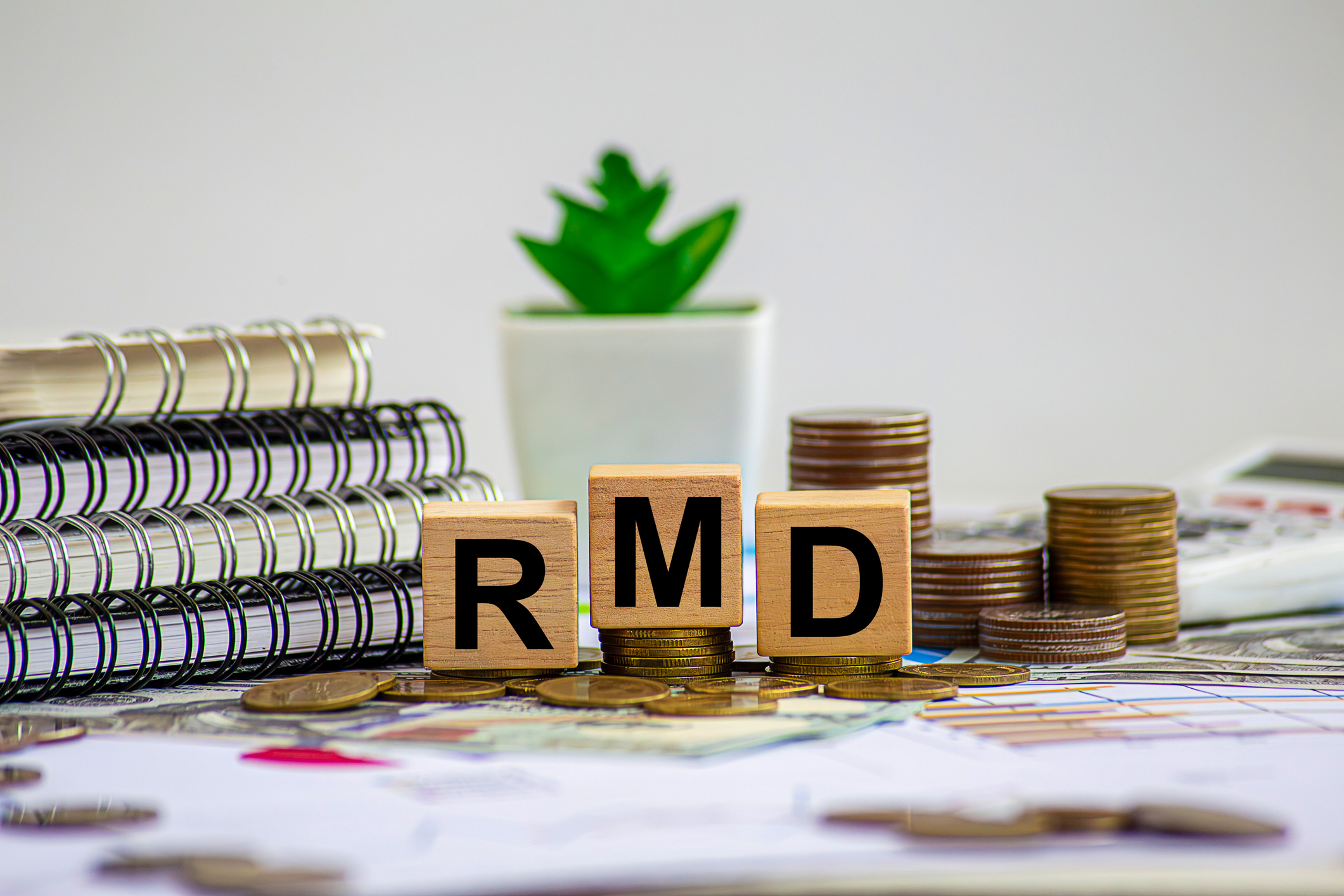

Although you probably already filed a tax return this year, you might not be done with taxes quite yet. You may still have to file and pay 2025 estimated taxes. (The next estimated tax payment due dates are June 16, September 15, and then January 15, 2026.)
If you're still working, you probably don't need to worry about estimated tax payments. Withholding on your paychecks should ensure compliance with the tax system's pay-as-you-earn demands.
But if you're retired, chances are you need to make estimated payments. You're supposed to figure out how much tax you'll owe for 2025 and send it to the IRS in four equal installments.

Sign up for Kiplinger’s Free E-Newsletters
Profit and prosper with the best of expert advice on investing, taxes, retirement, personal finance and more - straight to your e-mail.
Profit and prosper with the best of expert advice - straight to your e-mail.
How estimated taxes work for retirees in 2025
Pay at least 90% of your 2025 liability or 100% of what you owed for 2024, and you'll have done your duty and be protected from an underpayment penalty. (
That 100% of last year's taxes rises to 110% if your adjusted gross income (AGI) was more than $150,000 in the prior year.)
Not only can making those estimates be a pain, but writing those checks can disrupt your cash flow.
Many taxpayers simply divide the previous year's tax bill by four and send 25% on each payment date to wrap themselves in the "100% of last year's tax bill" exception.
Withholding options for Social Security, pensions and IRAs
But depending on the source of your retirement income, you may be able to satisfy the IRS via withholding from those payments.
Unlike withholding from paychecks, withholding from retirement income is almost always voluntary. (The exception: Non-IRA distributions that can be rolled over tax-free to an IRA or other eligible retirement plan are generally subject to mandatory 20% withholding.)
- If you want federal taxes withheld from Social Security benefits, you must file Form W-4V (the "V" is for voluntary) with the Social Security Administration.
- You can ask that 7%, 10%, 12% or 22% of each monthly benefit be carved off for the IRS.
- When it comes to pension or annuity payments, you control how much will be withheld by filing a Form W-4P with the payor.
For IRA distributions, the law requires that 10% be withheld for the IRS unless you tell the custodian otherwise. You can block withholding altogether or ask that as much as 100% be withheld.
The RMD withhokding strategy: A hassle-free solution
Speaking of IRAs, a little-known opportunity may free you from withholding on multiple income sources and from the hassle of filing estimated taxes.
We call it the RMD solution.
Starting at age 73, retirees must take required minimum distributions from their traditional IRAs, based on the balance in the accounts on the previous December 31 divided by a factor provided by the IRS.
However, if you don't need the money to live on, wait until December to take your RMD and ask the sponsor to withhold a big chunk for the IRS, enough to cover your estimated tax on the IRA payout and all of your other taxable income for the year.
Although estimated tax payments are considered made when you send in the checks — and must be paid as you receive your income during the year — amounts withheld from IRA distributions are considered paid evenly throughout the year, even if made in a lump sum payment at year-end.
So, if your RMD is large enough to cover your entire tax bill, you can keep your cash safely ensconced in the IRA most of the year, avoid withholding on other sources of retirement income, skip quarterly estimated payments . . . and still avoid the underpayment penalty.
Considerations for state income taxes
Note that RMD withholding might not work when it comes to state-level estimated taxes. Some IRA sponsors won't withhold state income taxes.
Check that point with your IRA sponsor.
Read More
- RMDs: What Every Retiree Should Know
- When Are Estimated Tax Payments Due?
- Retirement Income Tax and the IRS
Get Kiplinger Today newsletter — free
Profit and prosper with the best of Kiplinger's advice on investing, taxes, retirement, personal finance and much more. Delivered daily. Enter your email in the box and click Sign Me Up.

-
 33 Stocks That Could Rally 50% or More This Year
33 Stocks That Could Rally 50% or More This YearAnalysts say these S&P 500 stocks have at least 50% price upside over the next year or so.
By Dan Burrows
-
 Stock Market Today: Dow Drops 971 Points as Powell Pressure Ramps Up
Stock Market Today: Dow Drops 971 Points as Powell Pressure Ramps UpPresident Trump is increasing his attacks against Jerome Powell, insisting the Fed chair cut interest rates.
By Karee Venema
-
 Missed Tax Day? Nearly One Million Taxpayers Still Can File and Claim Valuable Tax Refunds
Missed Tax Day? Nearly One Million Taxpayers Still Can File and Claim Valuable Tax RefundsTax Refunds As many as one million taxpayers could be missing out on a significant tax refund.
By Gabriella Cruz-Martínez
-
 Ask the Editor: Reader Questions, April 18 — Amended returns
Ask the Editor: Reader Questions, April 18 — Amended returnsIn our Ask the Editor: Taxes, April 18, round-up — Joy Taylor, The Kiplinger Tax Letter Editor, answers questions on amended returns, property and deductions.
By Joy Taylor
-
 How Many IRS Commissioners Have We Gone Through This Year?
How Many IRS Commissioners Have We Gone Through This Year?IRS Who were the former IRS commissioners, and why did they resign? Find out how IRS turnover can impact your taxes.
By Kate Schubel
-
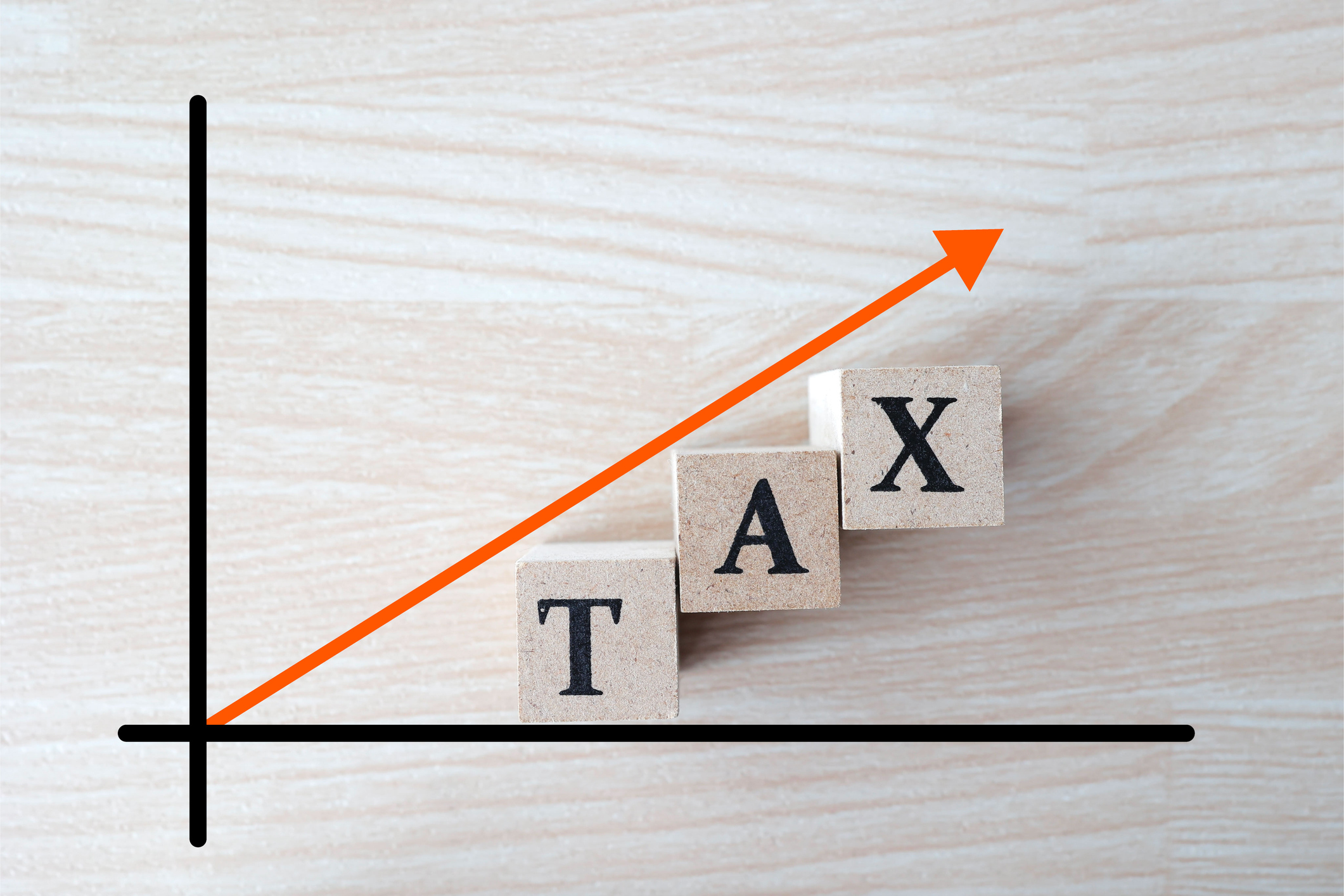 Which Generation Pays the Most Tax in the US?
Which Generation Pays the Most Tax in the US?Tax Burden Polls show that most people feel like taxes are unfair. But which age group bears the brunt of the tax burden in the United States?
By Kelley R. Taylor
-
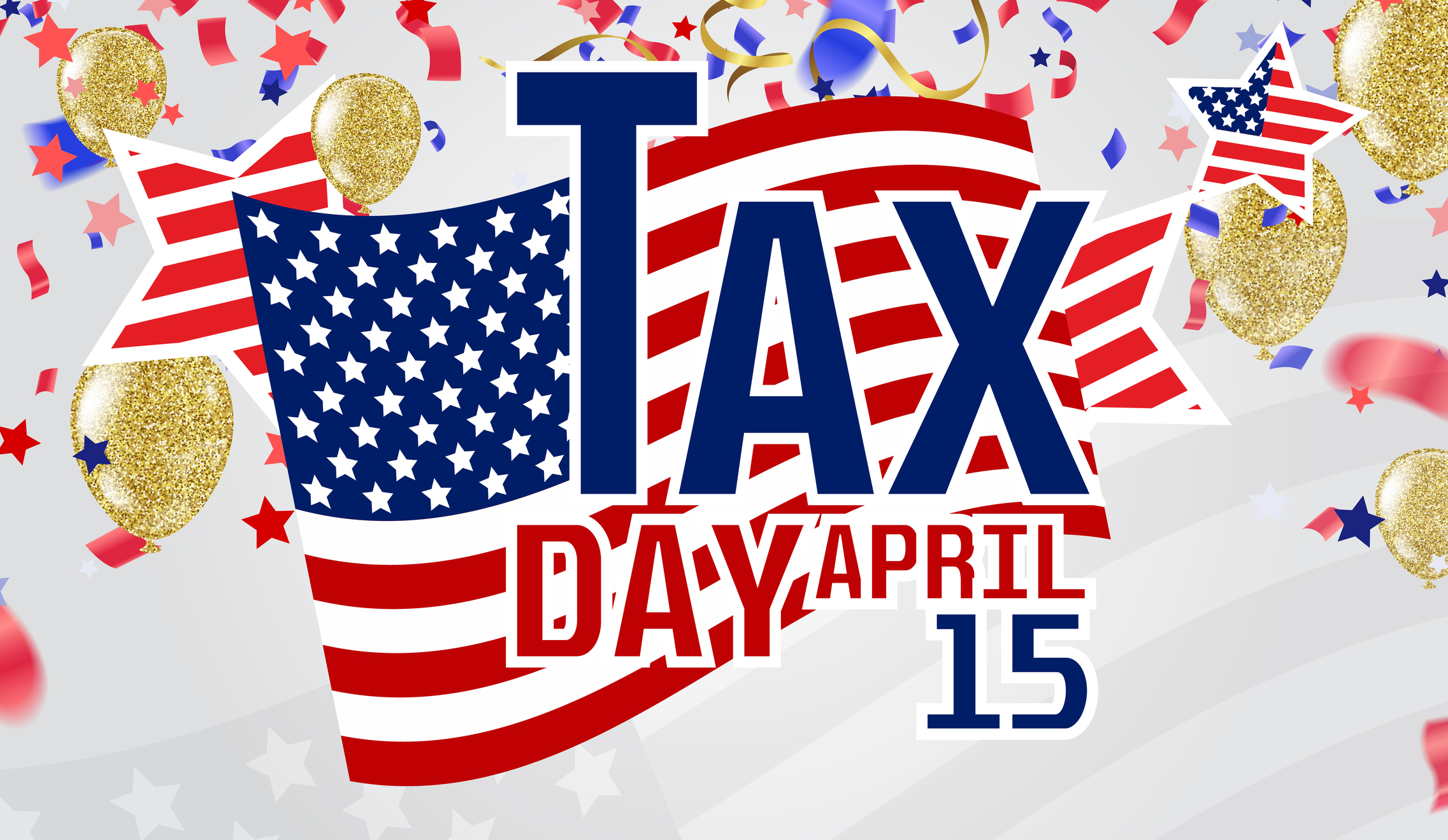 Tax Day 2025: Don’t Miss These Freebies, Food Deals and Discounts
Tax Day 2025: Don’t Miss These Freebies, Food Deals and DiscountsTax Day You can score some sweet deals on April 15 in some select restaurants like Burger King, Shake Shack, and more.
By Gabriella Cruz-Martínez
-
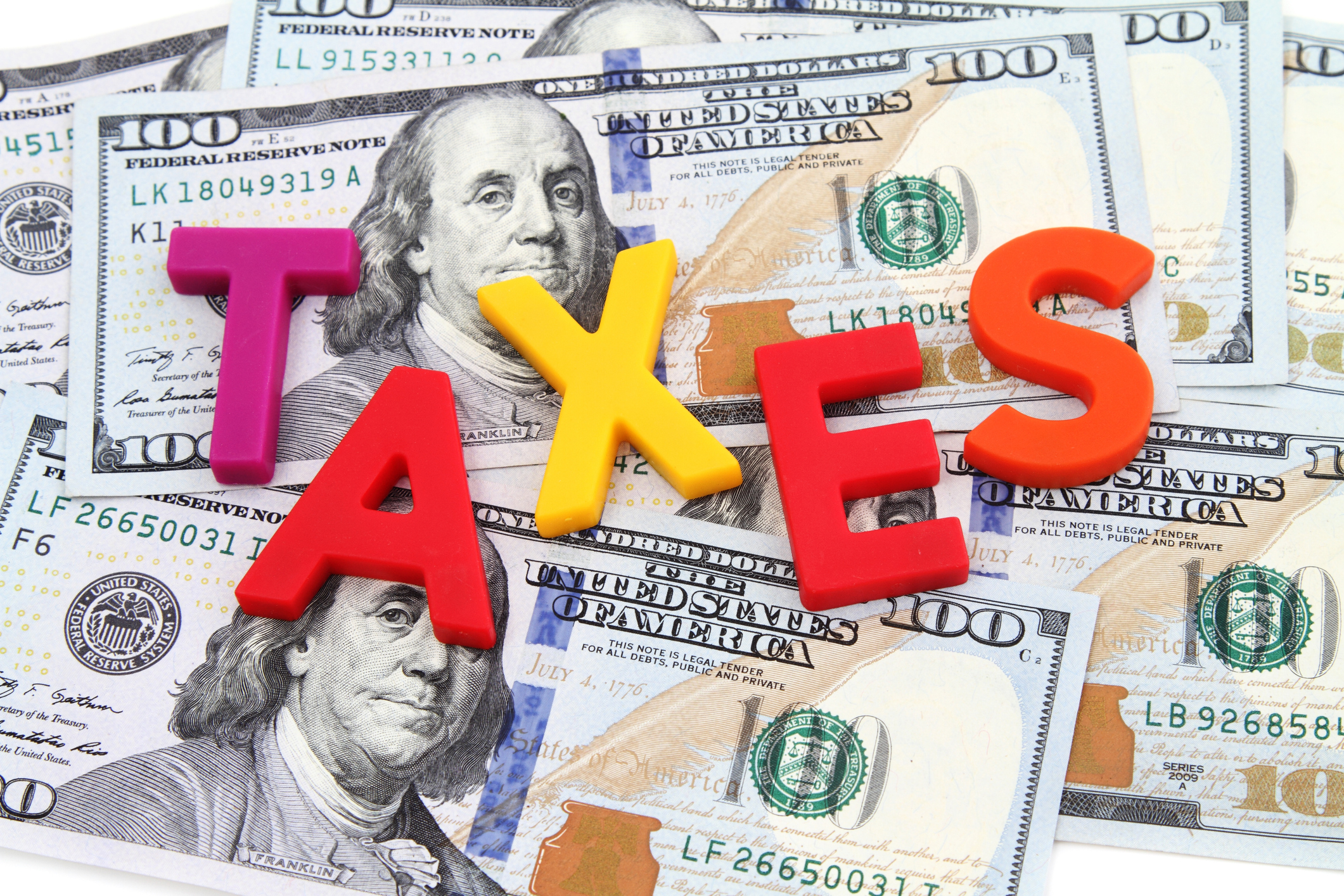 Tax Time: Does Your Kid Influencer Owe Taxes?
Tax Time: Does Your Kid Influencer Owe Taxes?State Tax Some minors are making big money on social media. Here’s how to know if they need to file taxes.
By Gabriella Cruz-Martínez
-
 Ask the Editor: Reader Questions, April 11 — IRAs, RMDs and PTPs.
Ask the Editor: Reader Questions, April 11 — IRAs, RMDs and PTPs.Ask the Editor: Taxes, April 11, 2025 — Joy Taylor, The Kiplinger Tax Letter Editor, answers questions on Roth IRAs, RMDs and other retirement accounts.
By Joy Taylor
-
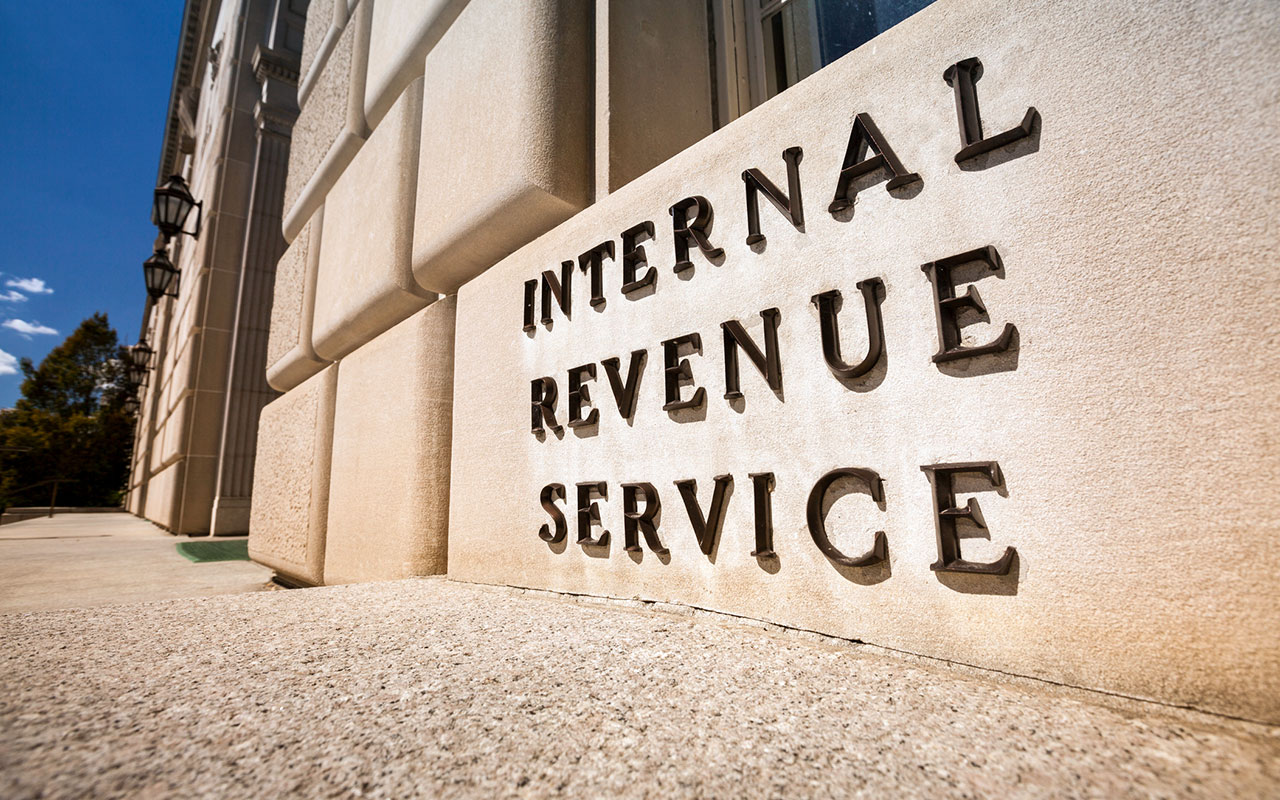 Trump Plans to Terminate IRS Direct File program
Trump Plans to Terminate IRS Direct File programTax Filing The IRS Direct File program was piloted last year in 12 states and has since expanded to 25. But will it last under the Trump administration?
By Gabriella Cruz-Martínez